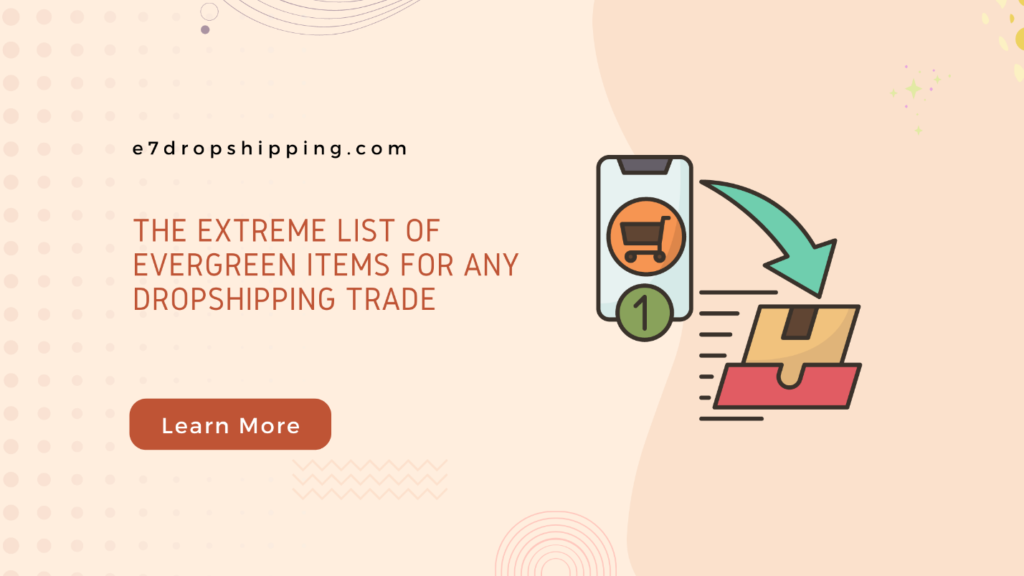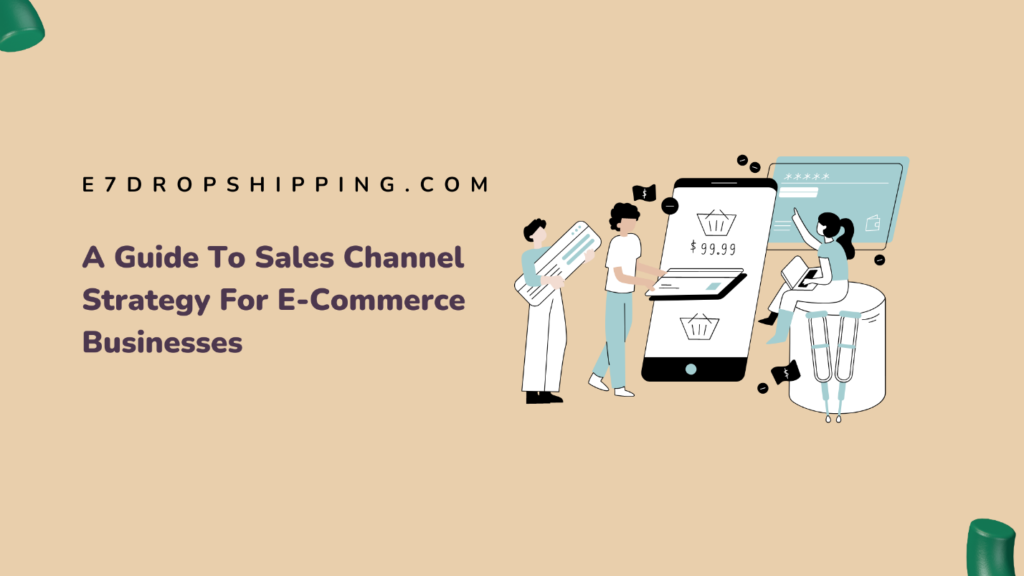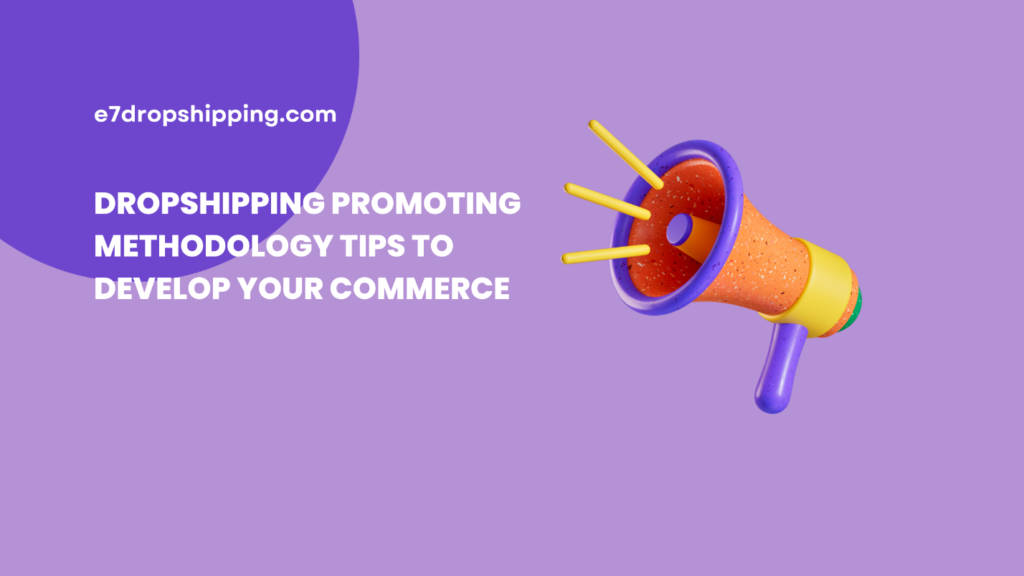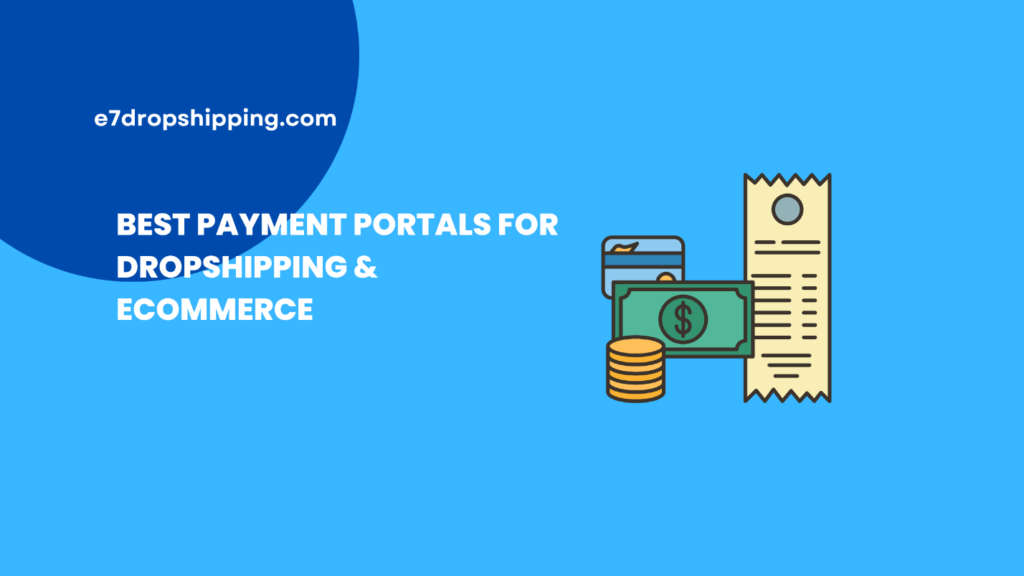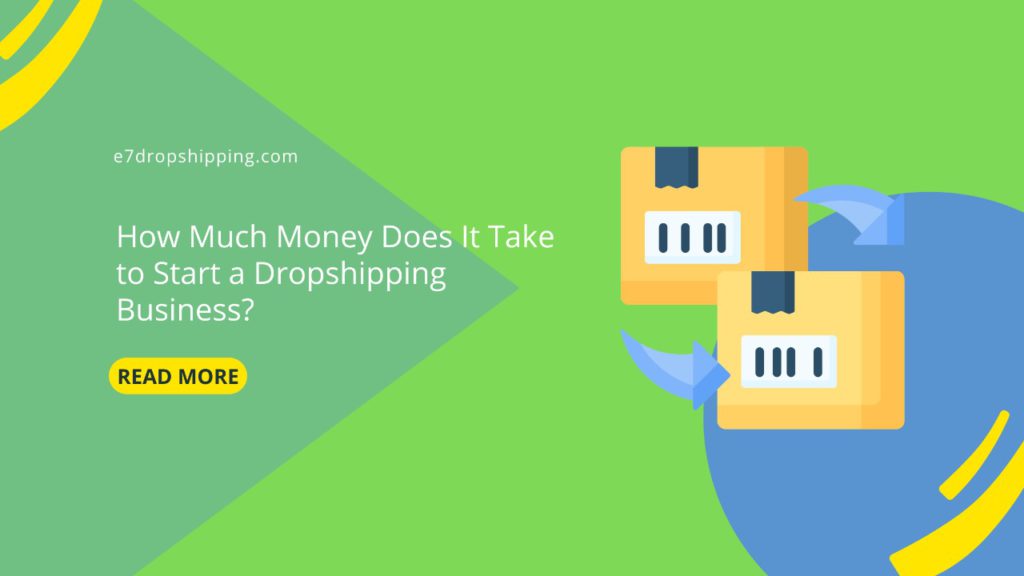Whether you’re a Fortune 500 company or a local mom-and-pop shop, the question remains the same: how can you find and integrate the right technology into your business model to drive sales and expand your position in the marketplace?
While there are many additive marketing and sales tools for online businesses, one of the core components of any online operation is payment gateways. We understand that getting down and dirty with payment gateways is not for the faint of heart, so we’ve sifted through some of the best gateway options for you and your business.
What is a Payment Gateway?
A payment gateway is essentially the tool that facilitates any online transaction between your business and your customers. Selling goods or services is only possible with a payment gateway in place. Payment gateways range in complexity, but both e-commerce and dropship stores rely on them to be financially viable operations. Indeed, dropship stores need a payment gateway to complete transactions to sell goods from manufacturers as much as e-commerce platforms need payment gateways to complete online transactions.
Payment gateways connect a brand with customers and dictates much of the user experience. How they operate, their ease of use, and features for both you and consumers all have tangible impacts on sales, revenue, and customer engagement.
How do eCommerce Payment Gateways work?
All payment gateways are designed to enable safe, secure, and simple online purchases for both the merchant and consumer. There are two broad categories to know when selecting your payment gateway: integrated versus hosted payment gateways. Integrated gateways redirect customers to the payment platform’s processor to finish their online purchases. In contrast, integrated gateways allow you to connect your website through the payment gateway’s API (Application Programming Interface) so that your customer does not leave your domain. Redirecting to a third-party platform is a notorious disruption of sales, so that’s something to consider when selecting a payment gateway.
Secondly, all payment gateways are PCI compliant, meaning that they meet specific security standards as they collect sensitive information like credit card numbers and addresses.
The process is this: a payment gateway’s role begins as a customer starts the checkout process on your eCommerce or dropship store. Once a customer fills in their credit card information, the gateway sends encoded transaction data to the payment processor of the seller’s bank.
The payment processor then sends that data to the associated credit card, and the credit card’s bank approves or denies the transaction request. The processor delivers the approval back to the gateway, and then the payment gateway successfully and securely processes said payment. Finally, the pending purchase clears as soon as the seller fulfills the customer’s order, and the seller’s bank can receive the payment from the customer’s bank.
Even though the name for them sounds a bit strange and scary, payment gateways operate in a pretty straightforward way. Choosing a payment gateway, though, can be a much murkier process.
Best Payment Gateways for Dropshipping & Ecommerce
Given that every business and brand has unique needs, constraints, and market goals, the list of gateways below is not a ranking of best to worst. Instead, it is a comprehensive list of the most useful available payment gateways that will ensure quality, no matter which solution is right for your venture. Here’s a general breakdown of the fees, with analysis to follow.
PayPal is, perhaps, the biggest beast in the payment gateway jungle.
Indeed, Paypal is a giant payment gateway, which works as an advantage for vendors. It holds the promise of familiarity and trust among consumers; this is particularly important for small brands and companies that do not yet have widespread brand recognition and trust. Its name brand recognition will likely result in higher conversion rates. A whopping 305 million people use PayPal, and it is accepted in over 200 countries worldwide in 25 different currencies. It’s a tried-and-true gateway that is ideal for many types of e-commerce and dropshipping operations. PayPal also supports all major credit cards as well as debit cards, PayPal, Venmo, and PayPal credit.
It is worth noting PayPal has other options available to vendors including PayPal Payments Pro (a gateway option that doesn’t require purchasers to have a PayPal account), PayPal Payments Standard (a version of PayPal Payments Pro), and PayPal Express Checkout (allows users to purchase by using just their PayPal credentials).
PayPal is also widely used and available for integration for the majority of the e-commerce platforms in the market, such as:
PayPal for WooCommerce (WordPress)
PayPal app for Shopify Stores
PayPal for BigCommerce
Another popular, global payment gateway is Stripe, which has fantastic customer support for vendors and increased flexibility in the form of more extensive developer tools. With a flexible API, you can customize the platform to your needs. An excellent choice for businesses with developers and tech specialists on hand, you can add a Stripe POS system to your brick-and-mortar store, bill your customers regularly and routinely, and complete one-time payments – whatever your business needs.
Vendors who choose to use Stripe also have the benefit of its many partnerships with the exceptionally high number of third-party platforms and tools that may improve your website experience.
eBay moved its massive operation to Adyen back in 2018, and the payment gateway has only grown since then. Adyen accepts over 250 payment methods and 150 currencies from around the world and provides its users with in-depth customer analytics and insights. Its advantages speak for itself: conduct business efficiently and globally and use the detailed data to modify listings according to consumer behavior in real-time. Then, just watch your sales increase. The gateway is also designed to look out for vendors. There are integrated risk-management features that search and fight fraud. One of the only downsides? Its pricing model can get complicated, and that can be frustrating for vendors.
The U.S. based payment gateway brings two major critical cards to the table: excellent localization and the ability to integrate with other systems easily. 2Checkout simplifies transactions for customers by supporting different languages and currencies and accepting online and mobile payments. You cannot overestimate the value of simple, easy-to-use interfaces for consumers. In the same spirit of streamlining the eCommerce process, 2Checkout can combine with online shopping carts and invoicing systems to help you process your payments faster and easier.
In other words, 2Checkout will help you stay sane as much as it will grow your sales.
Vapulus is grounded in simplifying mobile payments, which is a considerable asset in a world of rising mobile shoppers. While it is a global platform, what sets Vapulus apart from the crowd is its commitment to charge vendors 0% fee, giving you 100% of your sales. Given its nonexistent fees and unique ability to send targeted customer perks and discounts, it is a fantastic option for small businesses. It will assist small brands in developing a loyal customer base and expanding their market presence domestically and internationally. It is a formidable competitor in terms of giving vendors a single interface with plenty of data that is easily analyzed.
PaySimple is an incredibly functional platform that prioritizes product placement and marketing services to drive traffic and conversions via your website and social media. It boasts of endless flexibility with the ability to accept credit card and e-check payments across all sales avenues, including in person with a POS system, on the phone, and online. You can also utilize PaySimple’s sales and order data to generate standard and customized reports that will give you invaluable customer insights.
Dwolla might not be the right choice for traditional, product-based retail businesses, but it is a lifesaver gateway for businesses that rely on bank transfers to conduct sales. Dwolla is a scalable, flexible platform that works well with all United States banks and financial institutions. Much like Stripe, it is open-source software that permits developers to integrate bank transfers whatever company-specific tools needed.
Square has gained more name brand recognition through high profile e-commerce partnerships with organizations like Wix, WooCommerce, WordPress, OpenCart, Magneto, and Ecwid. Known for its POS systems intended for brick-and-mortar locations and in-person payments, Square has expanded its gateway payment capabilities and become more and more of an asset for business owners. If part of your longterm business model includes plans for physical store locations, Square is a good investment in the future.
Payoneer empowers freelancers and small businesses to stake a claim in international markets. It offers an unparalleled mass payout system that makes the global workforce a much tighter, stronger, and more communicative network. Companies can hire and quickly pay contractors and freelancers from all over the world, regardless of where they operate. Payoneer enhances its payout platform by supporting over 35 languages, which makes the localization process a breeze.
What Skrill lacks in vowels, it makes up for in flexibility and easy mobile app use.
Skrill is a newer payment gateway that has claimed a significant portion of the gateway market with its focus on low-cost international money transfers that allow you to pay for things all over the world. Its success is rooted in its ability to accommodate all scales of business, from individuals to massive companies. Additionally, it has a mobile app that supports payments and an official extension for integration with WooCommerce-based dropshipping stores.


